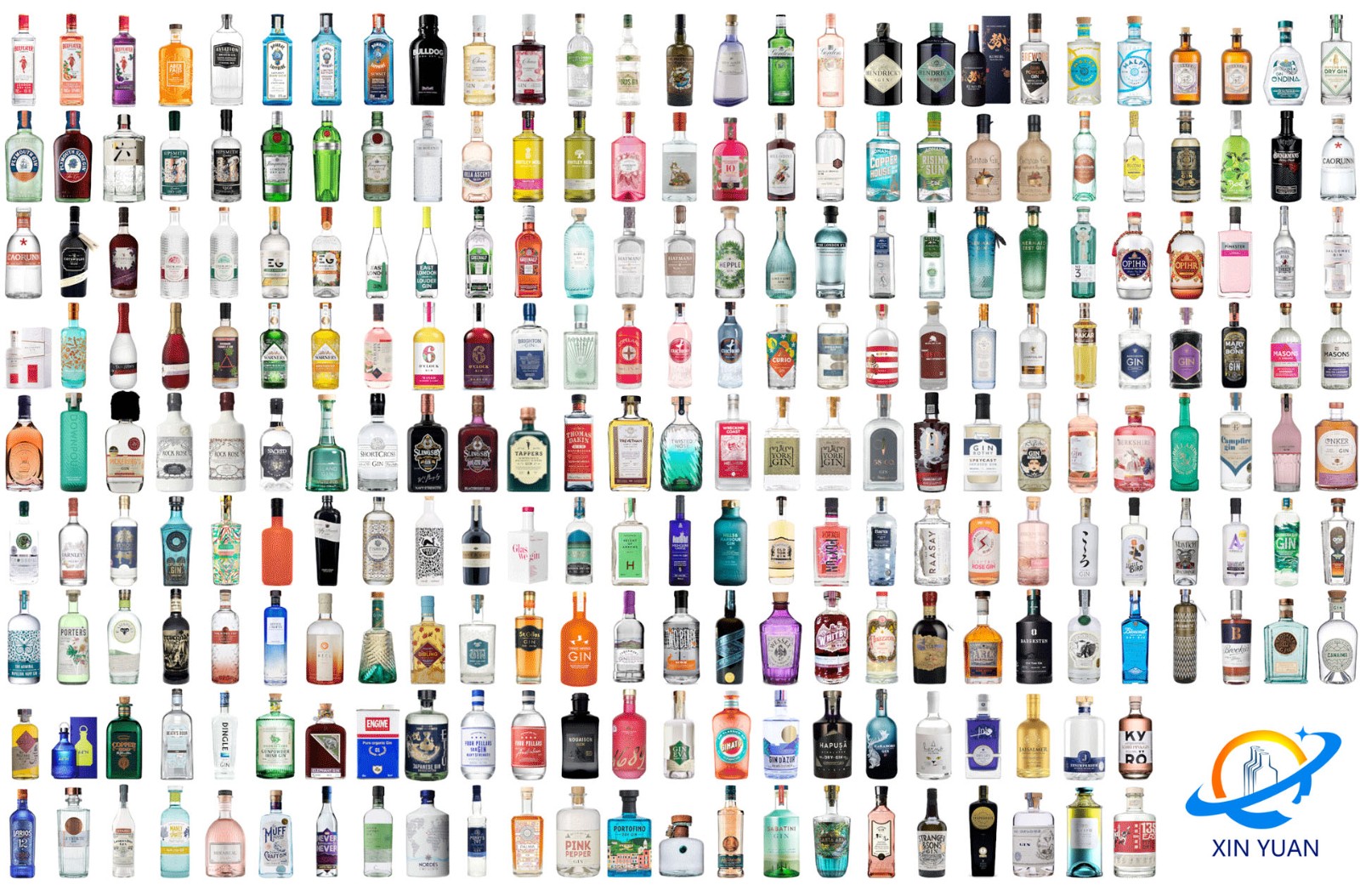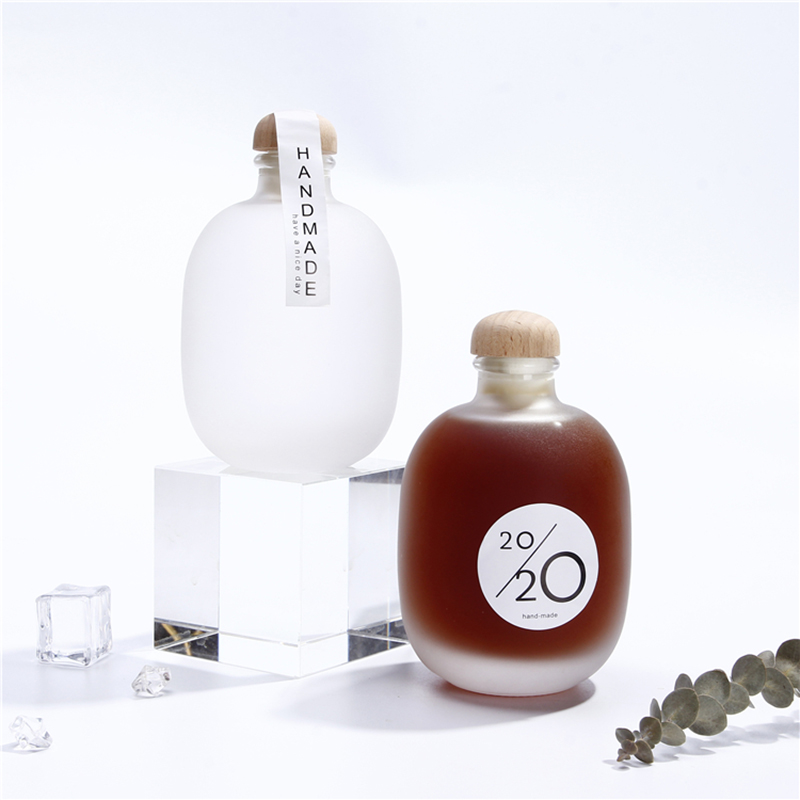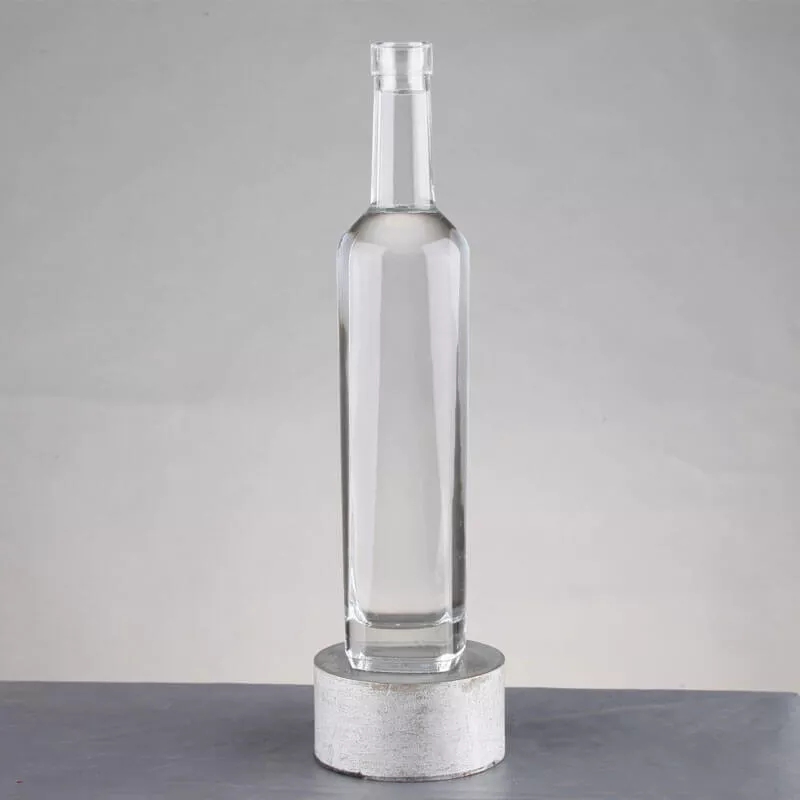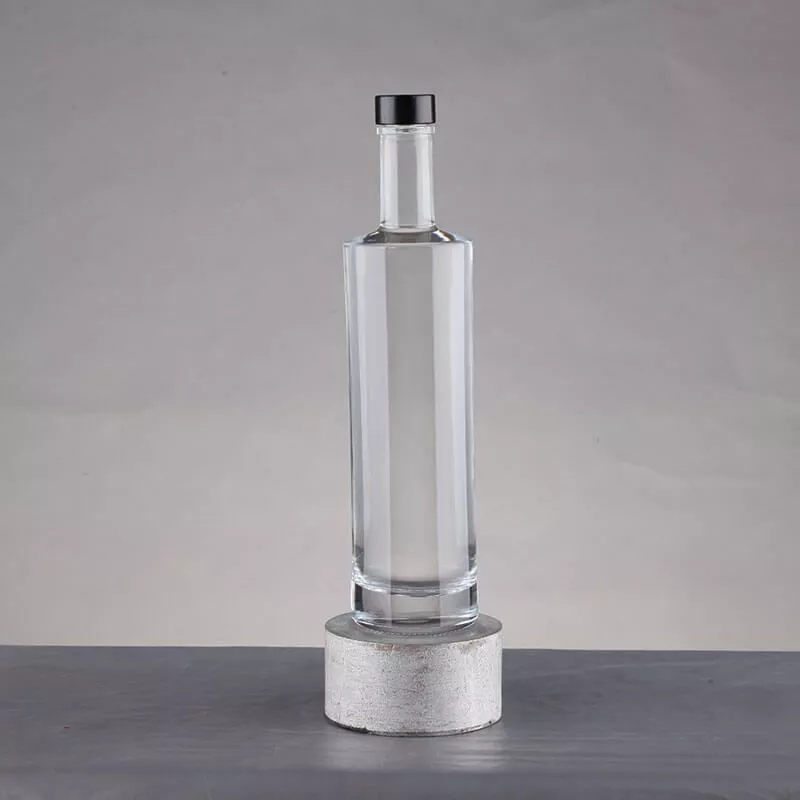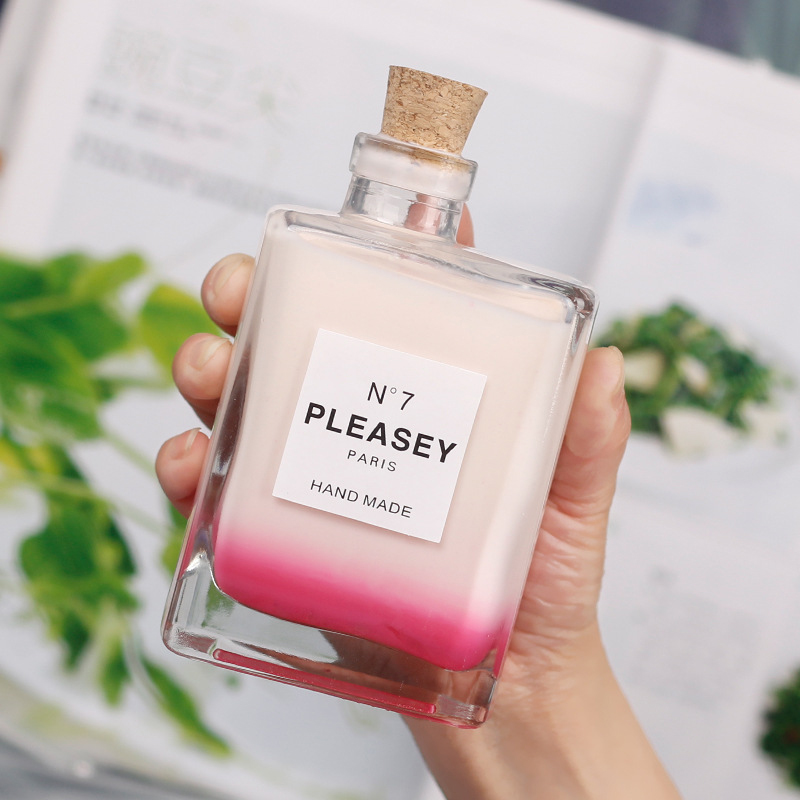The production of glass bottles generally involves the following processes: 1. Raw Material Preparation: The main raw materials are quartz sand, soda ash, and limestone. Additionally, a small amount of clarifying agent (such as mirabilite) is required. Various raw materials are put into a mixer in precise formula proportions for thorough mixing, with the mixing time usually ranging from 30 to 60 minutes. Meanwhile, some raw materials may need pre-treatment; for example, quartz sand needs to be washed and screened to remove impurities and ensure uniform particle size. 2. Glass Melting: Tank furnaces or crucible furnaces are generally used to melt raw materials. Tank furnaces are suitable for large-scale continuous production, while crucible furnaces are suitable for small-batch, multi-variety production. The raw materials are heated to a high temperature of 1500℃ to 1600℃ in the furnace until they are completely melted into a uniform, bubble-free glass melt. The melting process requires strict control of temperature, atmosphere, and melting duration. 3. Forming Process - Blowing Process: Hand blowing is mainly used for glass bottles with special shapes or artistic value. Craftsmen dip a blowpipe into the glass melt, then shape it by blowing air and using hand tools, but the production efficiency is relatively low. Mechanical blowing is a common method for large-scale production of modern glass bottles. With the help of a bottle-blowing machine, the glass melt is fed into the mold through a feeder, and then blown into shape with compressed air, which ensures the dimensional accuracy and stable quality of the bottles. - Pressing Process: For glass bottles with simple shapes and thick walls, such as wide-mouth bottles and medicine bottles, an appropriate amount of glass melt can be put into the mold, and the mold cavity is filled under pressure to form the bottle. The pressing pressure is usually several tens of megapascals to over one hundred megapascals. 4. Annealing Treatment: The glass bottles are sent to an annealing furnace, which has different temperature zones. First, in the heating zone, the bottles are heated to a temperature close to the glass transition temperature (usually 500℃ to 600℃). Then, they enter the heat preservation zone for a certain period of time. Finally, in the cooling zone, they are slowly cooled to room temperature at a rate of a few degrees per minute, so as to eliminate or reduce the residual stress inside the glass.
Alice: Email:xypackaging01@xybottle.com Whatsapp:86-19953767936
Allen:Email:xypackaging05@xybottle.com Whatsapp:86-187537766335. Surface Treatment - Spraying Treatment: To improve the aesthetics or functionality of glass bottles, various colors of coatings can be sprayed on their surfaces. It is necessary to control the spraying thickness and uniformity, with the general coating thickness ranging from a few micrometers to several tens of micrometers. - Screen Printing Treatment: A screen printing machine is used to print ink on the surface of glass bottles through a screen plate, which can print information such as text, patterns, or logos. After screen printing, drying or curing treatment is required according to the nature of the ink. 6. Quality Inspection and Packaging - Quality Inspection: The appearance is inspected manually or by a machine vision system to check for defects such as cracks and bubbles. At the same time, measuring tools are used to measure key dimensions, and equipment such as pressure testing machines are used to test compressive strength and impact resistance. - Packaging Link: Qualified glass bottles are usually packaged in cartons. Cushioning materials such as foam plastic and corrugated paper can be filled between the bottles to avoid damage from collision. High-end glass bottles may be packaged in individual paper boxes or plastic boxes.
